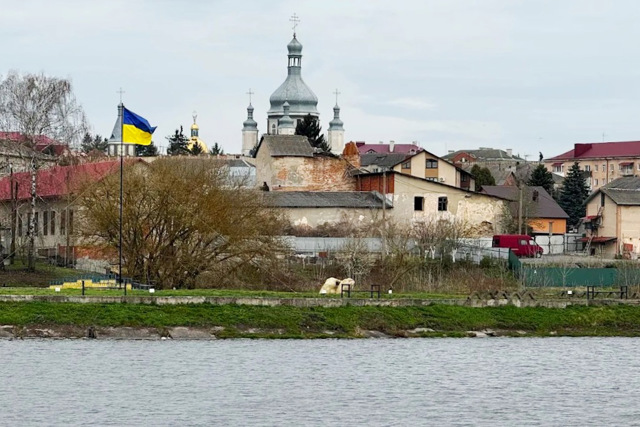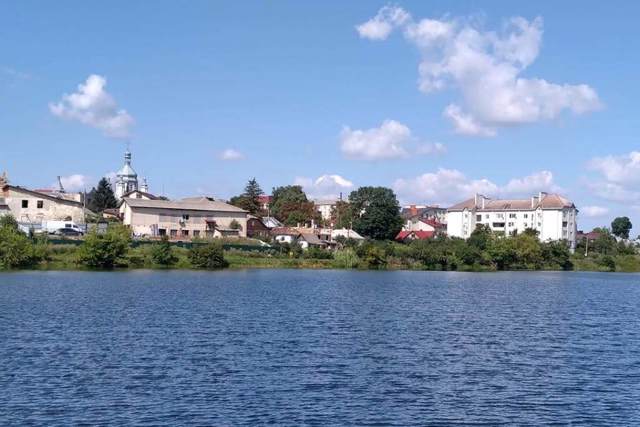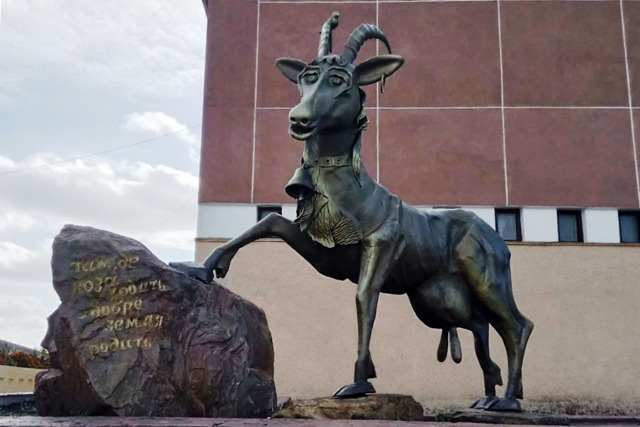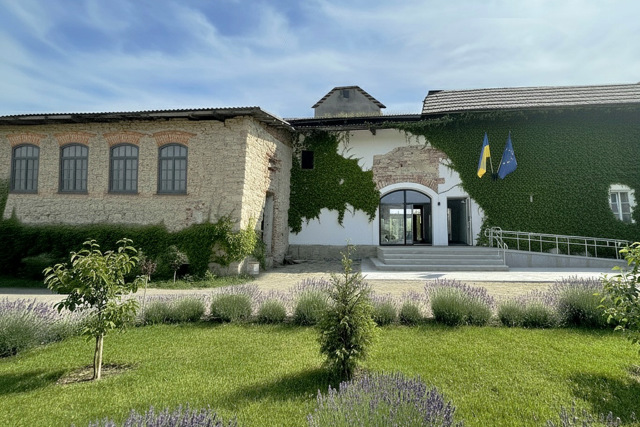Functional temporarily unavailable
General information about Kozova
The village Kozova on the Koropets River is located on the M-30 highway between Ternopil and Berezhany. Administratively, it is part of the Ternopil district of the Ternopil region.
Kozova was first mentioned in historical sources in 1440 as the property of Bohdan Skarbek of the Abdank coat of arms. Its name is most often associated with the goats that the first settlers could have bred (a monument to a goat is installed in the center of the village).
In the 16th century, Kozova became the property of the Potocki family, who built the Kozova Castle. Damaged during nume ...
The village Kozova on the Koropets River is located on the M-30 highway between Ternopil and Berezhany. Administratively, it is part of the Ternopil district of the Ternopil region.
Kozova was first mentioned in historical sources in 1440 as the property of Bohdan Skarbek of the Abdank coat of arms. Its name is most often associated with the goats that the first settlers could have bred (a monument to a goat is installed in the center of the village).
In the 16th century, Kozova became the property of the Potocki family, who built the Kozova Castle. Damaged during numerous Tatar raids, the defensive structure was later partially rebuilt into an industrial building that has survived to this day. The new owner of Kozova, August Aleksandr Moszyński, built a new palace near the castle in 1755 (now it is an administrative building).
The Greek Catholic Church of the Assumption of the Blessed Virgin Mary was built in 1885 in the neoclassical style. The building of the former synagogue, which was a cinema in Soviet times, has also been preserved.
Between the palace and the former castle, the remains of the old park have been preserved, from where a pedestrian bridge was built to an island in the middle of a pond on the Koropets River. The island houses the sculpture "The Palms of Life" by the Kharkiv sculptor Viacheslav Yemelianenko.
Cелище Козова на річці Коропець розташоване на трасі М-30 між Тернополем і Бережанами. Адміністративно входить до складу Тернопільського району Тернопільської області.
Вперше в історичних джерелах Козова згадується у 1440 році як власність Богдана Скарбека гербу Абданк. Її назву найчастіше пов'язують з козами, яких могли розводити перші поселенці (пам'ятник козі встановлено в центрі селища).
У XVI столітті Козова перейшла у власність роду Потоцьких, які спорудили Козівський замок. Пошкоджена під час численних татарських набігів оборонна спо ...
Cелище Козова на річці Коропець розташоване на трасі М-30 між Тернополем і Бережанами. Адміністративно входить до складу Тернопільського району Тернопільської області.
Вперше в історичних джерелах Козова згадується у 1440 році як власність Богдана Скарбека гербу Абданк. Її назву найчастіше пов'язують з козами, яких могли розводити перші поселенці (пам'ятник козі встановлено в центрі селища).
У XVI столітті Козова перейшла у власність роду Потоцьких, які спорудили Козівський замок. Пошкоджена під час численних татарських набігів оборонна споруда пізніше була частково перебудована на промислове приміщення, що збереглося донині. Новий власник Козови Август Олександр Мошинський у 1755 році збудував неподалік від замку новий палац (зараз це адміністративна будівля).
Греко-католицька церква Успіння Пресвятої Богородиці збудована у 1885 році в неокласичному стилі. Також збереглася будівля колишньої синагоги, де за радянських часів був кінотеатр.
Між палацом і колишнім замком збереглися залишки старого парку, звідки перекинуто пішохідний місток на острівець посеред ставу на річці Коропець. На острові встановлена скульптура "Долоні життя" харківського скульптора В'ячеслава Ємельяненка.
Сплануй своє перебування у Kozova
What to see and where to go in Kozova
Tourist attractions and museums of Kozova
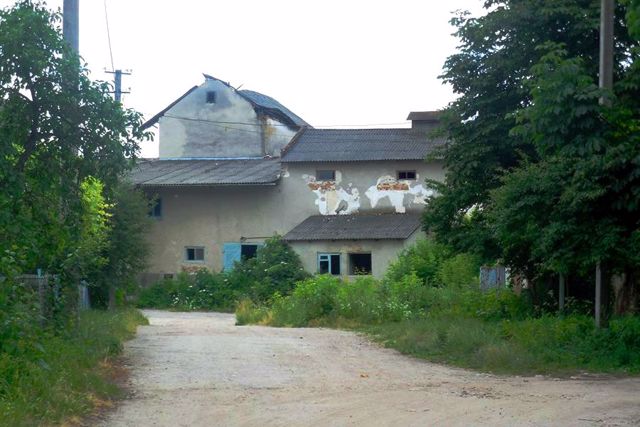
Kozova Castle
Castle / fortress
Kozova Castle was built in the 16th century by the noble Potocki family, who owned the town of Kozova at the time. The fortifications with defensive moats, stone walls and towers were located on a raised cape at the confluence of an unnamed tributary into the Koropets River.
During the 16th and 17th centuries, the castle was subjected to numerous Tatar attacks and was eventually completely destroyed. Near its remains, the new owner of Kozova, August Aleksandr Moszyński, built a palace-residence in 1755 (now it is an administrative building). And the castle ruins in the 19th century were used to build a rosolis (rose liqueur) factory of Count Henryk Szeliski. Later, a brewery operated here, then a soft drinks factory and a regular warehouse.
Now the abandoned buildings of the former Kozova Castle are taken care of by the public organization "Institute of Urban Culture". It is planned to revitalize the building and transform it into a modern multifunctional cultural center of the Kozova hromada.
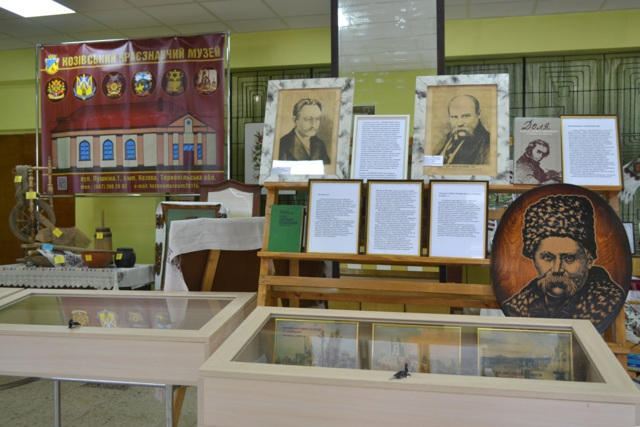
Kozova Local Lore Museum
Museum / gallery
The Kozova Local Lore Museum is located in the center of the village of Kozova. It is planned to move the museum's exhibits to the premises of a former synagogue, which was converted into a cinema during the Soviet era.
The museum's ethnographic collection tells the story of the life of peasants at the end of the 19th century. The exhibition features ancient embroideries, icons, household items, historical photographs, old prints, etc.
Kozova in news and blogs
Reviews Kozova
Geographical information about Kozova
| {{itemKey}} | {{itemValue}} |
|---|---|
| Region |
Ternopil |





